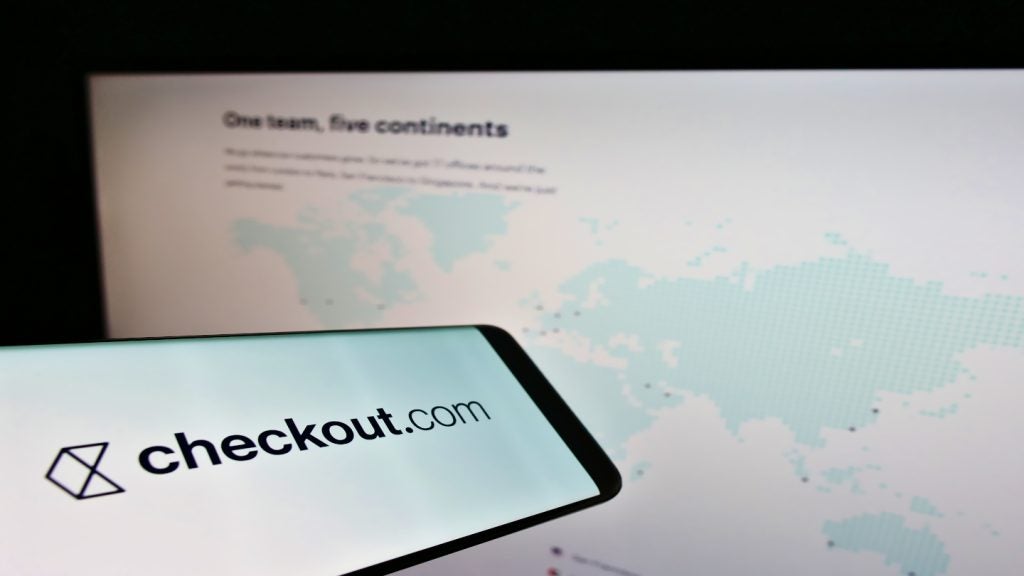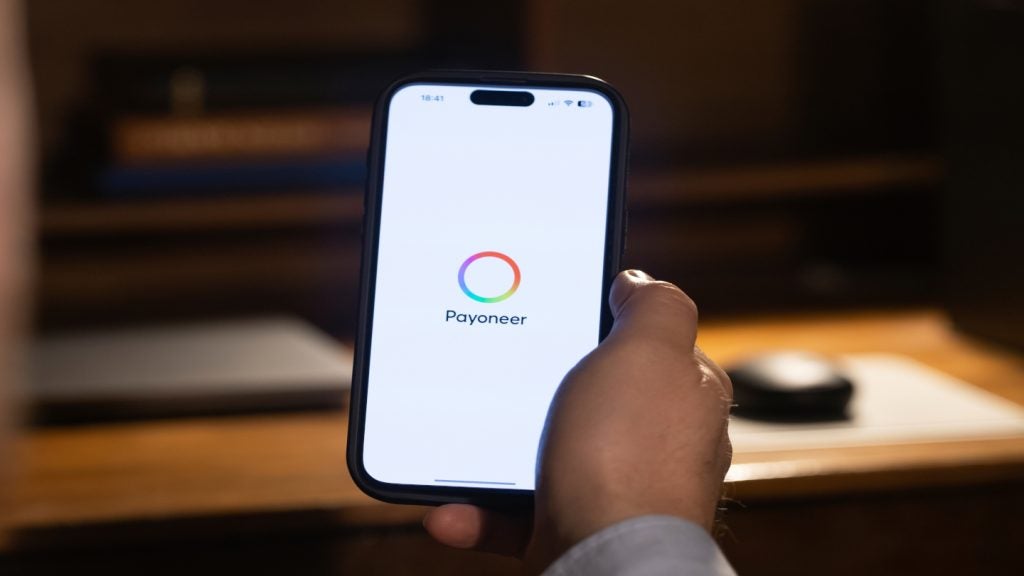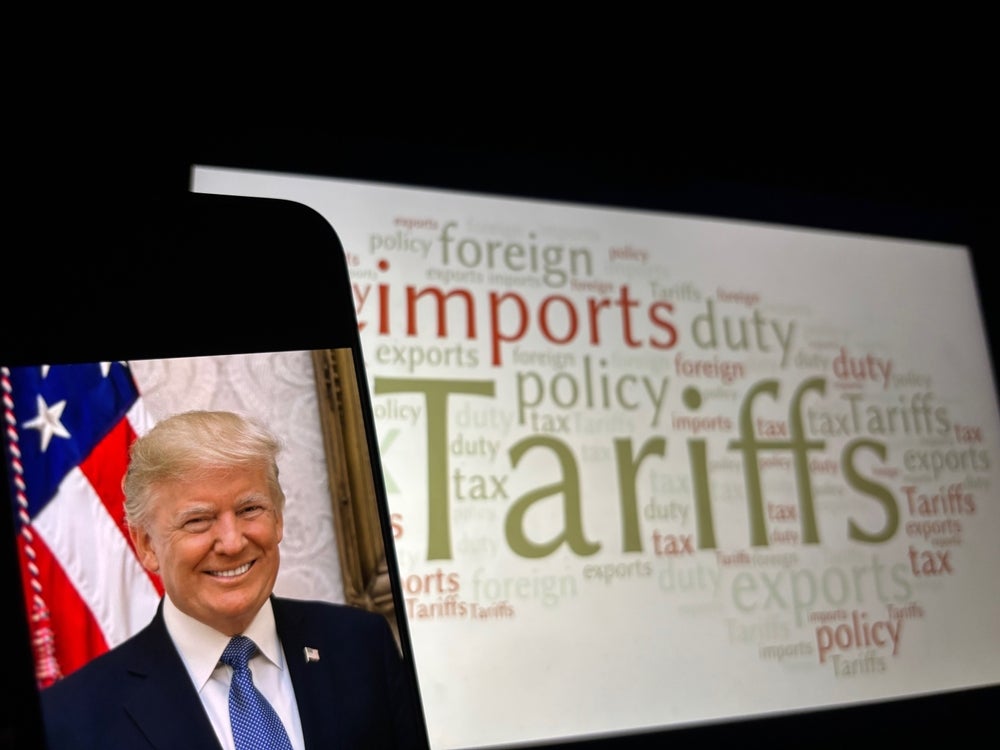China has shown that QR-based mobile payments solutions can be a storming success and other regions are taking note. If the adoption of QR code-based solutions continues to spread across developing countries, the most interesting fight in the payments space will be NFC vs. QR, not Cards Vs. Cash, says GlobalData Financial Services
Just a few years back, QR code tech seemed like a bad fit for the payments industry, and NFC became the standard in most developed economies, driven by Apple incorporating NFC into the iPhone 6 and 6 Plus a month before launching Apple Pay in October 2014. However, a number of developing countries took a different path.
While smartphones have become more affordable in the developing world, only high-end phones have NFC capabilities. This has provided a tailwind to supporters of QR code functionality, as any smartphone can feature QR code apps that can potentially be used for payments. The lack of payment acceptance infrastructure in many countries poses another challenge to the penetration of NFC and, in contrast, a huge opportunity for QR code adoption. In addition, QR requires significantly lower investment compared to NFC.
Alipay introduced QR code-based payments in 2013, and WeChat followed suit in early 2014. According to statistics quoted by Alipay at the Money 20/20 Europe conference in April 2016, the mobile payment service is being used to make over 175 million transactions per day, a sixth of which are carried out using smartphones. This success has prompted other developing markets to follow suit.
In response to an initiative to weed out large denominated bank notes at the end of 2016, the Indian government has started driving the market towards a QR code standard for digital payment to speed up the migration from cash to electronic payments. The government has asked domestic scheme RuPay, Mastercard, and Visa to accept payments based on QR code solutions so merchants across the country will be able to accept payments even without a point of sale terminal.
Meanwhile, Mastercard has partnered with United Bank in Pakistan to launch a QR payment service in the country. The payment scheme is also in the process of launching its Masterpass QR code payment solution in 33 markets across Africa as a strategy to compete with M-Pesa, one of the most successful mobile payment products globally.
The global payment environment has already evolved towards two different payment solutions, NFC and QR. For the near term each solution will co-exist, predominantly operating within their own markets environment.
In the long term, however, with the development of blockchain-based digital crypto currencies, a new form of payment may evolve, whereby the payment standard around the world would then converge towards a new standard.







